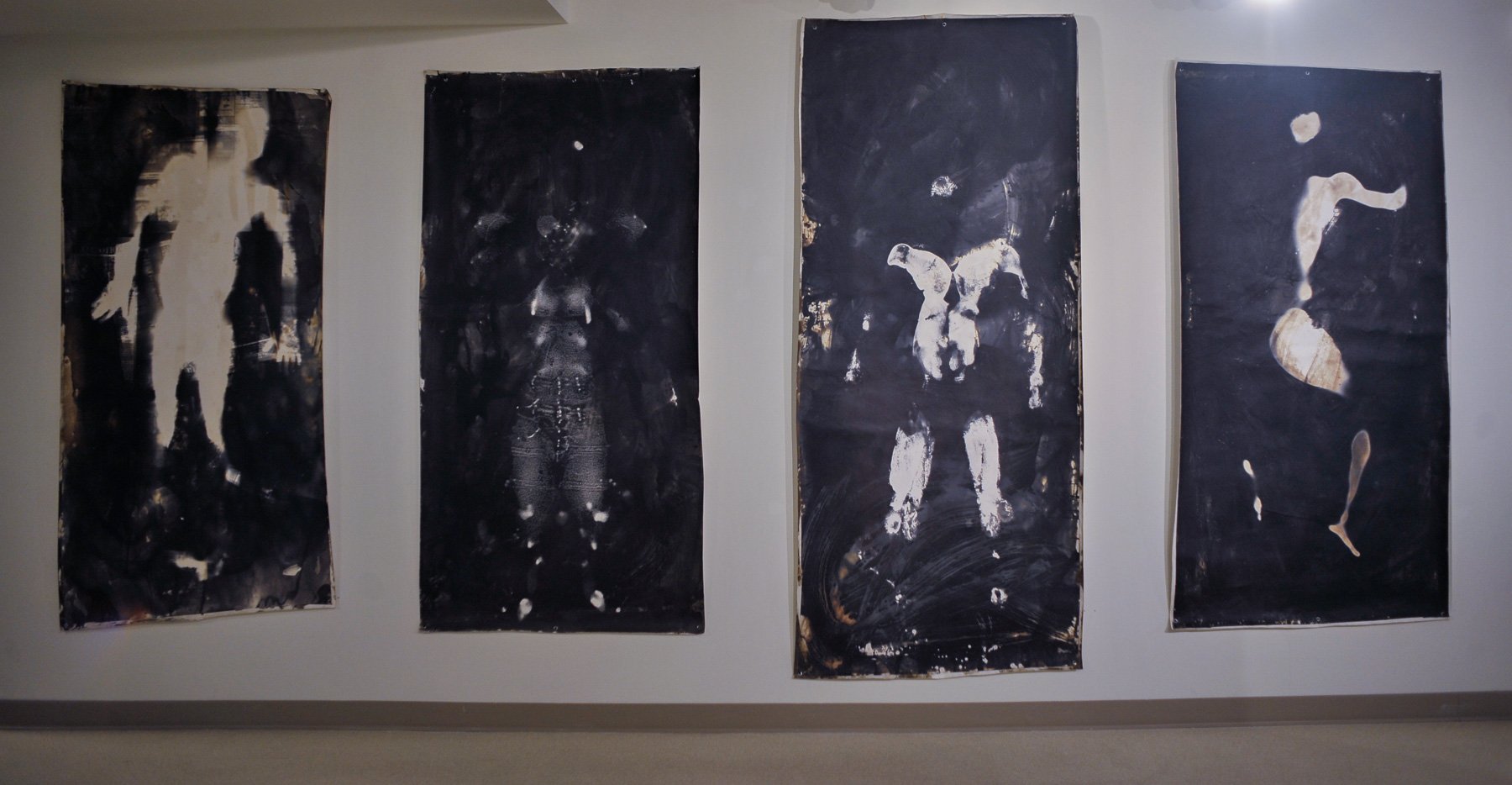Absolute Rest
In physics there is a concept referred to as absolute rest. The idea stems from Isaac Newton and was challenged by Albert Einstein, both of whom sought to comprehend and explain our existence. The basis is a consideration of whether anything or anyone can ever truly be still. In order to understand one thing, we must have a counterpart with which to compare. We define time as the interval between two events. For something (or someone) to be in a state of absolute rest we need to either freeze time or freeze all movements. This stasis can only exist when completely isolated from the world as we know it.
In 2018 I began to question ideas related to presence. I searched for ways to visually communicate the impact of direct connection. I was determined to do so utilizing traditional photographic processes. Photography has a long history connected to man’s desire to freeze – or “capture” - real moments via mechanical tools positioned some distance from the subject. I’ve engaged in that activity as much as anyone who has chosen a life-study of the medium. I wondered if I might be able to break away from my own conditioned perceptions of images and image-making.
The work in this exhibit is born of that exploration. It is a reconsideration of entrenched processes, but not a complete departure from them. Objects depicted only appear when in direct contact with the paper. Developer and fixer are applied through brushes and physical touch and often merge to create unique tonal blends. This way of making results in portions of the image that will last for years while other sections are changing each day until, eventually, they will disappear altogether. The print you see today will not be the print you see in two months, two years, or two decades.
It is this predictable but uncontrollable impact of time and light and presence that I seek to visualize and empower. In doing so, my hope is that I might learn to better understand the gravity of each and the merging of disciplines oft-considered untethered from one another. It is through the connection of things that we understand the uniqueness of them. It is through the uniqueness of things that we experience fullness. And it is through fullness that we avert stasis.













